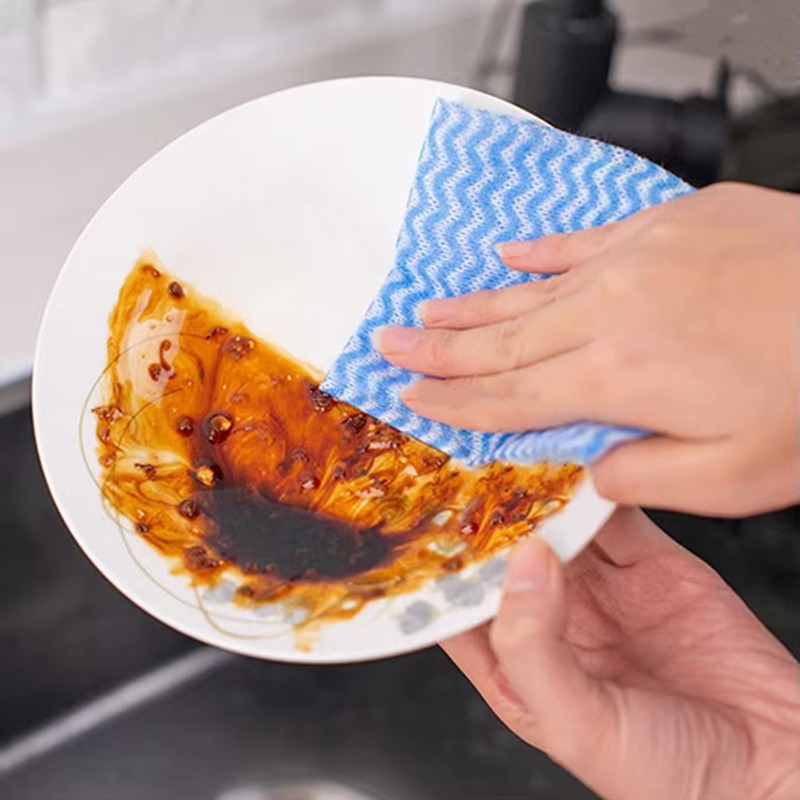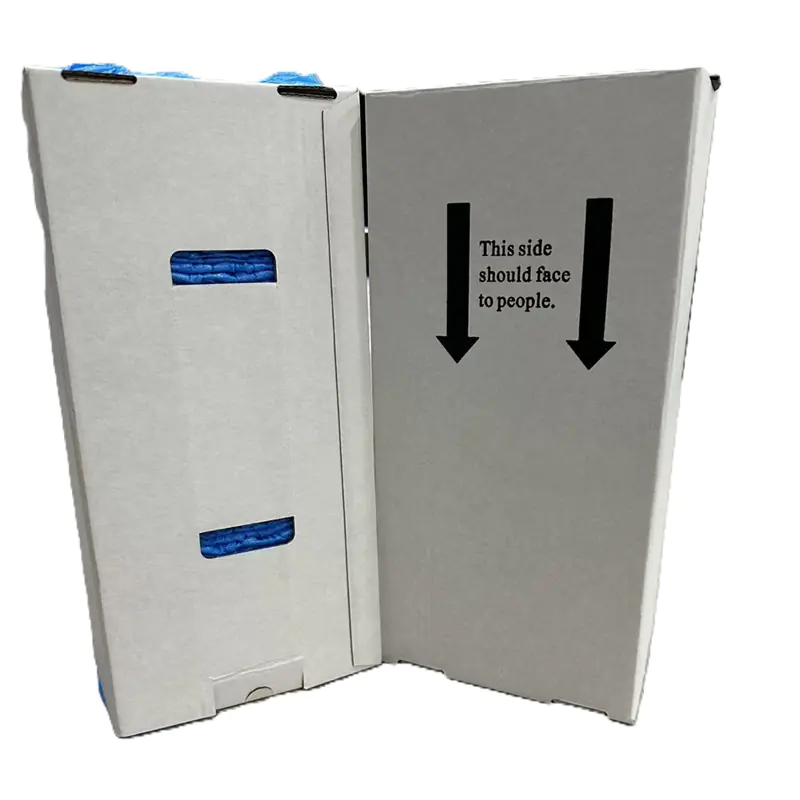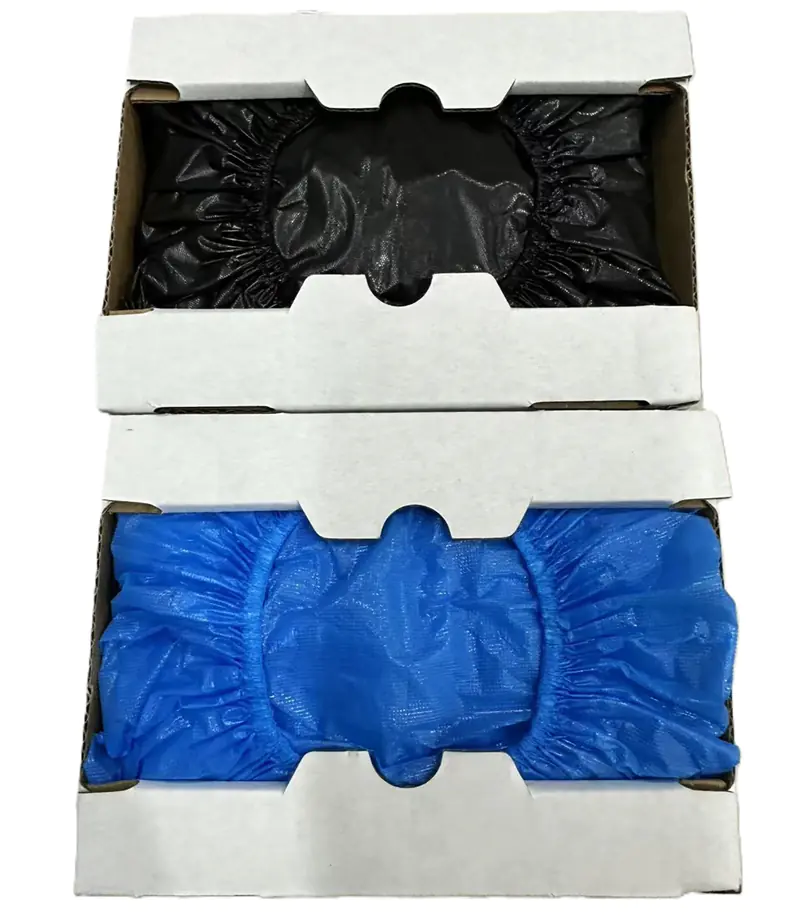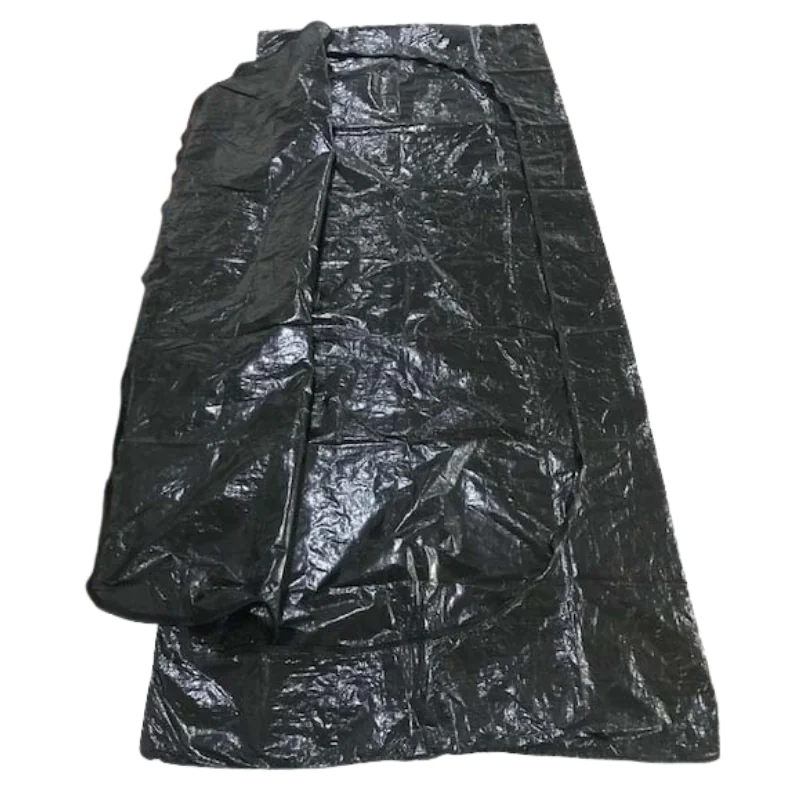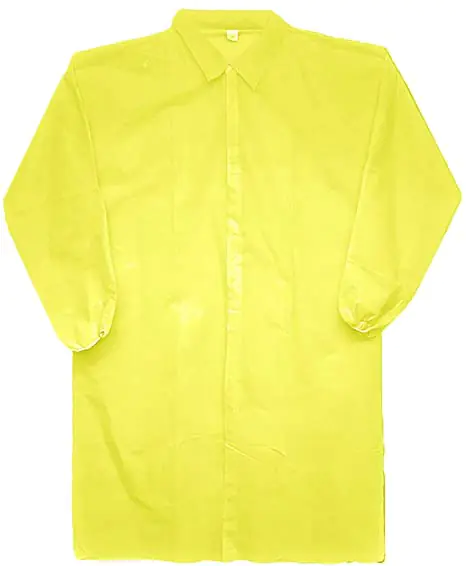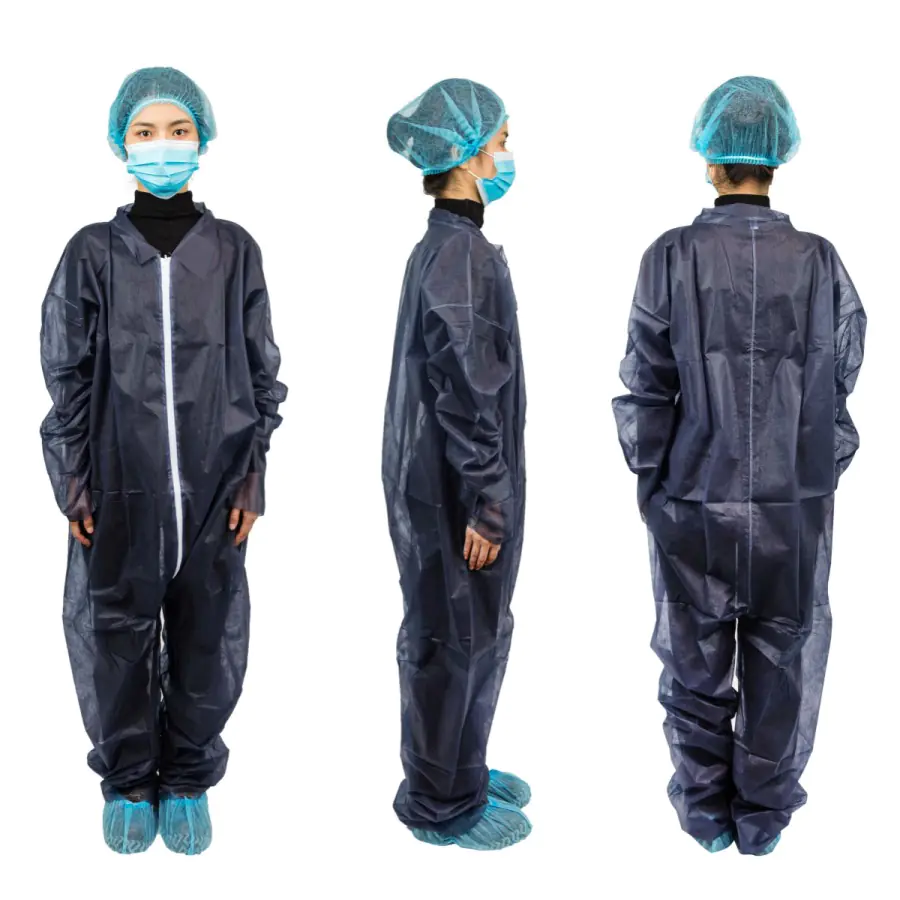Why Smart Pros Use Disposable Cloths
Many jobs need things to be very clean. Think about hospitals, kitchens, or factories. Using disposable cleaning cloths is often better than washing old rags. Here’s why:
Follows the Rules: Many jobs have strict cleaning rules. Think about OSHA-compliant supplies or FDA rules for food places. Disposable cloths help businesses meet these rules easily. Using dirty reusable cloths led to 89% of food places failing safety checks in one study.
Better Hygiene: Old rags can spread germs. You use a disposable cloth once and throw it away. This stops germs from moving around. Studies show reusable cloths can have 2.5 times more bacteria than disposables. This helps prevent cross-contamination.
Saves Time and Work: You don’t need to wash disposable cloths. This saves workers time. It also saves money on water, soap, and laundry machines. One report found disposables save about $1.50 per hour in work time compared to washing rags.
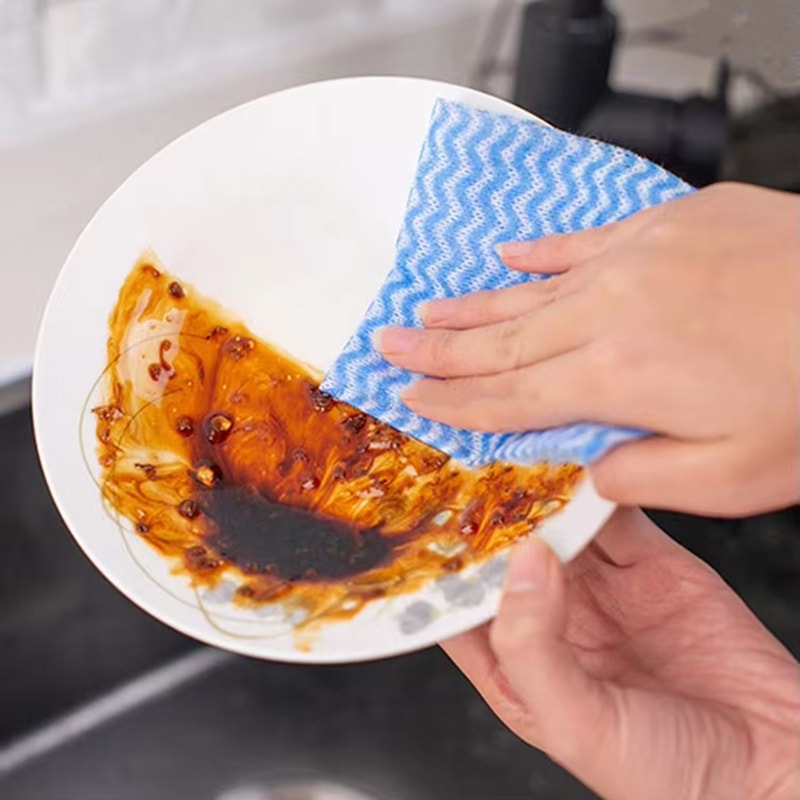
What to Look For in Wipes
Not all disposable wipes are the same. You need to pick the right one for your job. Here are key things to check:
- What It’s Made Of:
- Microfiber: These are great because they don’t leave behind fuzz (lint-free). They soak up a lot of liquid (high absorbency).
- Non-woven Synthetics: These are strong. They work well with strong cleaning chemicals (chemical-resistant). Look for options like 非編まれた使い捨て可能なクリーニングのワイパー ロール for convenience.
- Pre-saturated Wipes: These come wet with cleaner already on them. They are disinfectant-ready and easy to use fast.
- Cellulose: Made from plants. These can break down naturally (biodegradable), which is good for the Earth.
- How Well It Works:
- Absorbency: How much liquid can it hold? This is often measured in ml per square meter. More absorbent means you use fewer wipes.
- Tensile Strength: How strong is the cloth? You need strong ones for tough cleaning jobs.
- Chemical Compatibility: Will the cloth fall apart with your cleaner? Check if it works with things like quats (common cleaners) or solvents.
- Proof It Works (Certifications):
- EPA List N: This means the wipe kills the virus that causes COVID-19. Very important for safety.
- FDA / CFR Title 21: This mark means it’s safe to use on surfaces that touch food.
BPI / Green Seal: These show the product is better for the environment (like compostable). About 15% of all nonwoven stuff made goes into wipes.
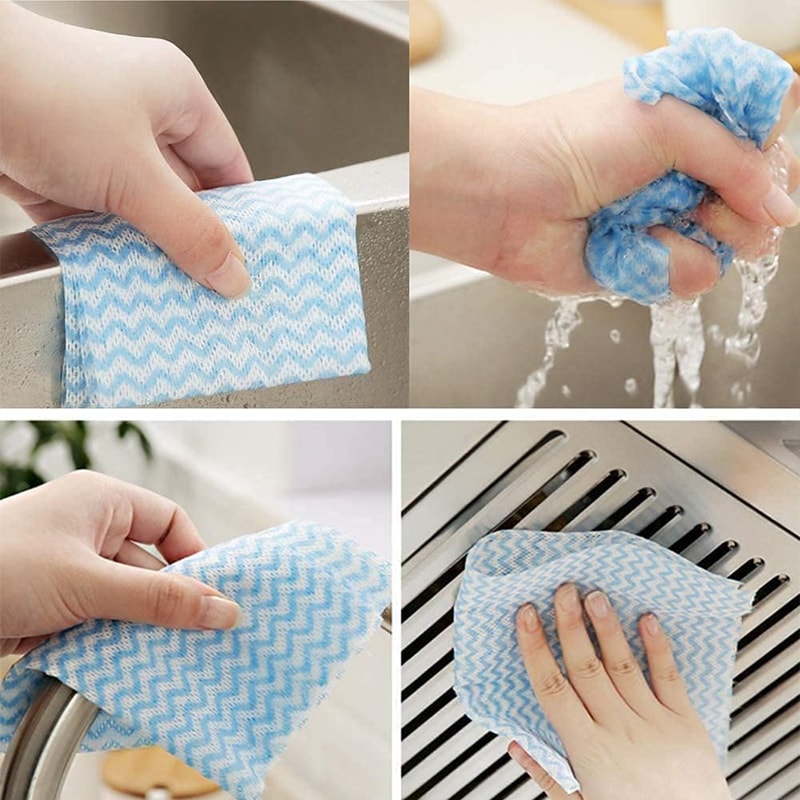
Best Wipes for Your Job
Different jobs need different types of wipes.
- Healthcare Places (Hospitals, Clinics):
- Need hospital-grade disinfection. Look for wipes that meet rules like AAMI ST58 or EN 16615.
- Must kill tough germs like C. diff or norovirus. Wipes help reduce surface germs by 63% in hospitals. Consider pairing wipes with other protective gear like 使い捨て医療ガウン.
- Good choices: Clorox Healthcare® Disinfecting Wipes, PDI Super Sani-Cloth®.
- Food Service (Kitchens, Restaurants):
- Must be food-safe. Look for the NSF mark.
- Need wipes good at cutting grease. Nonwoven types often work well. Using the right commercial sanitation protocols is key here. Protect clothing too, perhaps with a disposable non woven apron.
- Auto Shops / Factories:
Need to be strong for heavy grease and dirt. Brands like KimTech or Texwipe® are popular. Disposable wipes cut machine cleaning time by 30% in factories.
Need wiping solutions. Cloths must resist strong solvents (check ASTM D4960-08).
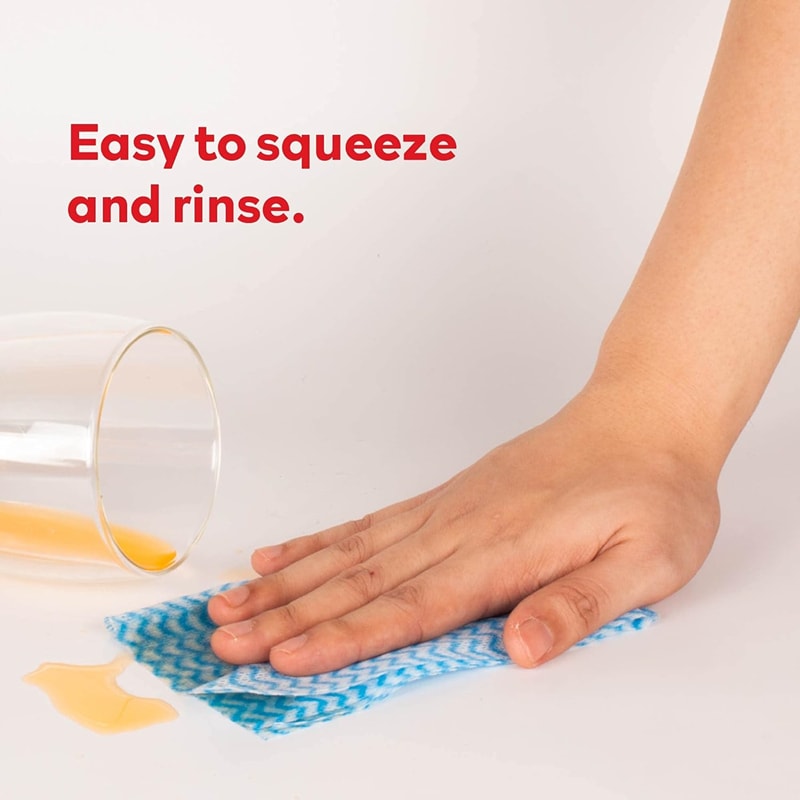
Saving Money with Disposable Wipes
Using disposable cloths can save money in several ways:
Safety Risks: Reusable shop towels can trap harmful stuff like lead (up to 7 times safe levels!). Disposables avoid this risk.
Buy More, Save More: Buying wipes in bulk often lowers the price per wipe. Compare the cost for 1,000 sheets (prices range from about $45 to $120).
Avoid Hidden Costs:
Fines: Not following cleaning rules (like OSHA or FDA) can lead to big fines.
Wasted Wipes: Cheap wipes that don’t soak up much mean you use more.

Using Wipes the Right Way
Getting the most from disposable wipes means using them smart.
- Make Work Easier (Workflow):
- Use color-coded systems. Assign colors to different areas (like blue for general, red for bathrooms). This stops germs spreading. 72% of cleaning staff prefer this method. It even helped one hospital cut infections by 18%.
- Put dispensers where people need them most.
- Throwing Them Away:
- Follow rules for waste. Use OSHA-compliant trash bins.
Look for eco-friendly options. Some wipes are compostable and can be recycled in special ways.
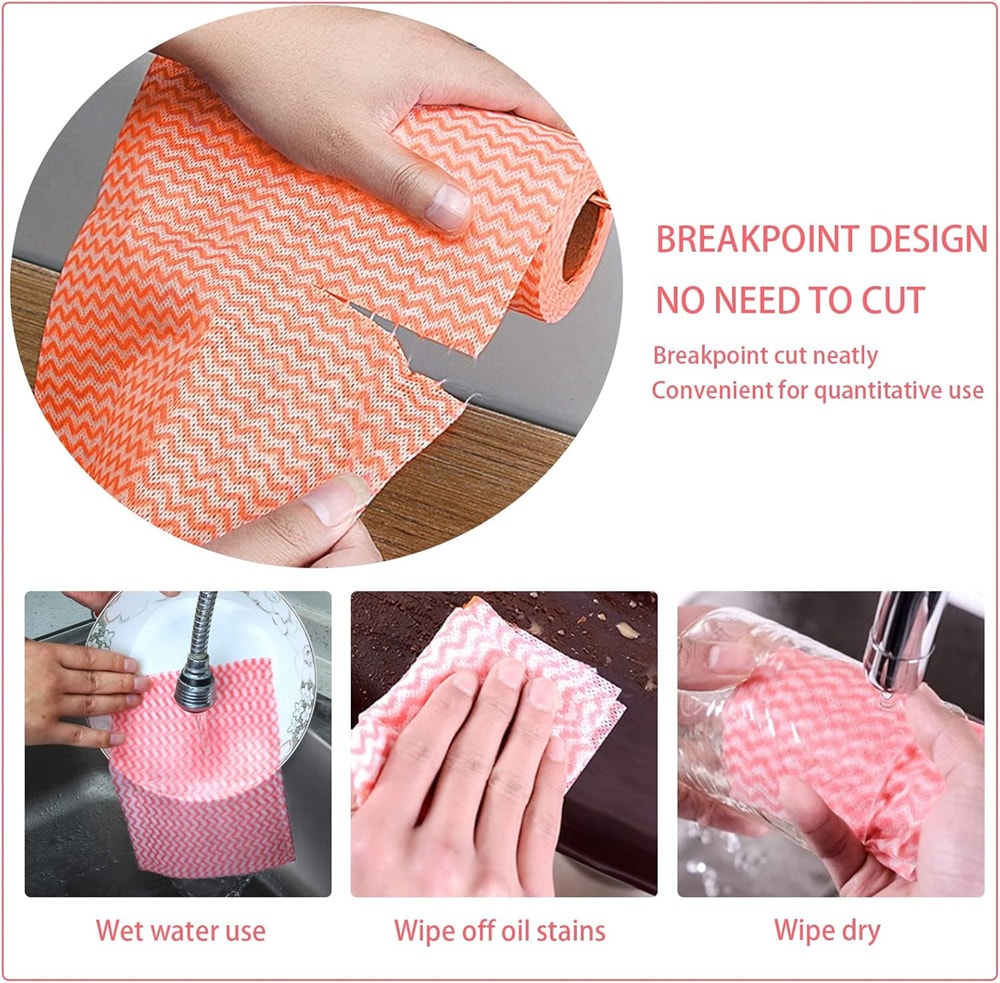
Top 5 Wipes for 2023 (Quick Look)
Here’s a simple table comparing some popular choices:
| 製品 | 素材 | Best For | Price/1,000 Sheets (Example) |
| Tork Premium Mainsaf | Microfiber | ヘルスケア | $89 |
| Clorox Pro Quaternary | Pre-saturated | High-touch surfaces | $67 |
| KimGuard A330 | Non-woven | Industrial grease | $54 |
| EcoLogic Compostable | Cellulose | Eco-friendly places | $112 |
| Zep Heavy-Duty | Synthetic blend | Manufacturing floors | $45 |
(Note: Prices are examples and can change.)
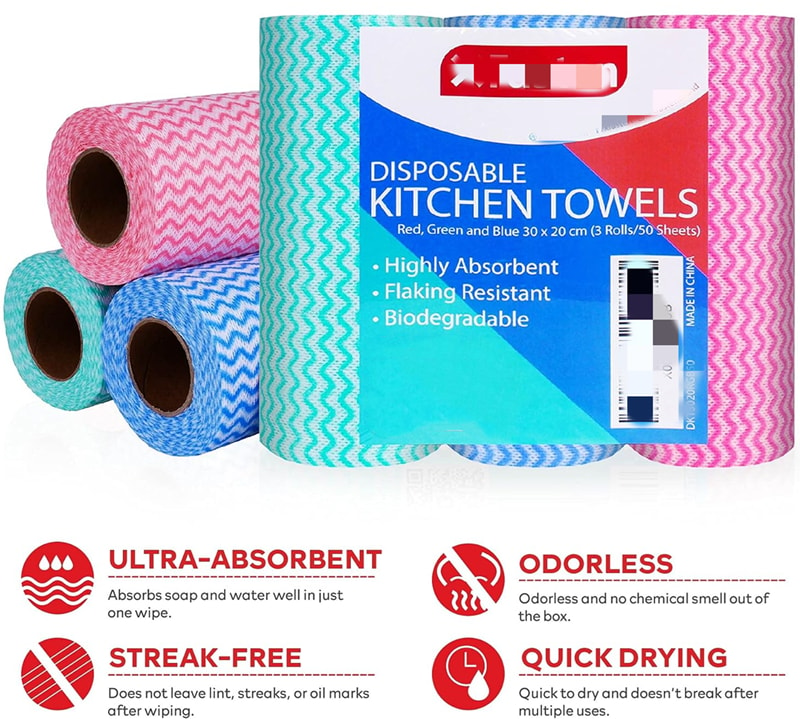
よくある質問
- Can disposable wipes replace all cleaning steps in hospitals?
- No. They are great for cleaning surfaces but don’t replace heavy-duty sterilizing for tools. They help add to safety.
- Are there green disposable wipes for eco-friendly buildings?
- Yes! Look for wipes certified by BPI (compostable) or made from recycled stuff. These can help buildings meet green goals like LEED.
- Are pre-soaked wipes better than spraying cleaner and wiping?
- Often, yes. Pre-soaked wipes put the right amount of cleaner down fast and evenly. This helps make sure germs are killed properly.

